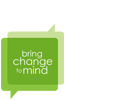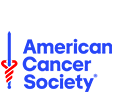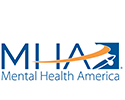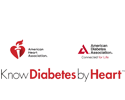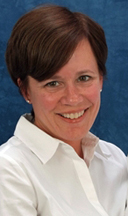When the Health Care Blogger Becomes the Cancer Patient
The call came the day after my 48th birthday in April.
“The radiologist saw something suspicious on your mammogram from last week…an undetermined mass,” said the voice on the other end of the phone. “We’d like you to come in for an ultrasound so we can see better.”
During the ultrasound they assured me that it was probably nothing…that in most cases, it’s a benign lump and not cancer. Surely, I thought, as I scheduled a needle biopsy for a few days later, this would be the case for me as well.
But it was not the case. Once the results from the biopsy came back, I realized that I had become a cancer patient. I was now part of a community of more than one million other Americans who are diagnosed with cancer each year.
The days and weeks after that ultrasound and needle biopsy became a whirlwind of doctor’s appointments, tests, and procedures, as well as surgery to remove the lump in my breast, along with several lymph nodes. As of this writing, I’m undergoing six weeks of daily radiation treatments, and soon will be starting drug therapies that will last for at least five and up to 15 years.
Just when I started to recover from the surgery, the bills started to roll in. I have what I thought was pretty good (but expensive from a premium standpoint) medical coverage under my husband’s workplace plan. But even with premiums that are far higher this year than we’ve ever had to pay in the past, the system demanded more of our money:
- $334.43 for one ultrasound
- $106.04 for another ultrasound
- $35.49 for an oncologist office visit
- $131.15 for a nuclear medicine injection prior to my sentinel node removal
- $421.80 for my lumpectomy
- $468.61 for lumpectomy prep work
- $181 for the surgeon who removed the lump
- $60 for post-surgery physical therapy
- $737.45 for oncotype diagnosis test
These are just a few examples and don’t include charges relating to the 30 radiation treatments I’ll be receiving or the genetic testing being done (since cancer runs in the family).
While these out of pocket costs are certainly hard to swallow – I can think of a hundred other things I’d rather spend my money on – for my family, they are doable. We won’t have to skip a mortgage payment or a utility bill. We won’t have to dip into a child’s college tuition fund. We certainly won’t have to worry about having enough money for food.
But I know – from my work on this blog and with its main sponsor, the HealthWell Foundation – that many families living with cancer aren’t so lucky.
I had the opportunity to help HealthWell create a White Paper, “When Health Insurance is Not Enough: How Charitable Copayment Assistance Organizations Enhance Patient Access to Care,” which investigated the devastating effects of not being able to afford needed treatments for chronic and life-altering medical conditions. For some individuals and families, out-of-pocket expenses including deductibles, copayments and coinsurance can total thousands of dollars each month – much more than many people earn.
That’s not the case for me. I’m one of the lucky ones.
“I’m lucky” is a statement you don’t often hear from cancer patients, but it’s how I feel about my situation. I’m lucky that my cancer was caught early by an astute reading of my mammogram. I’m lucky that my specific type of cancer was deemed “curable” and didn’t spread to my lymph nodes or other organs. I’m lucky that my job as a freelance writer gives me the flexibility to go to doctor’s appointments when needed. And I’m lucky to be in a two-income household with no kids and the easy ability to pay our bills. For now.
Of course, this could all change in a heartbeat. My freelance assignments could dry up, which would impact our income. My husband could lose his job or become disabled. We could be hit with an unexpected and costly disaster like a house fire or a tree crashing through our roof. The cancer could come back.
I am, in effect, a heartbeat away from being in a position to need real financial help.
If I need help, I’m thankful that charitable copayment assistance foundations like the HealthWell Foundation exist. Cancer isn’t something you can put on the back burner until the time or money is right. Treatment is costly. Premiums and copayments are high. For the 29 million Americans with limited incomes and/or inadequate insurance, the toll can be devastating – physically, emotionally and financially.
That’s why I’m calling on readers of this blog to help. Your donation to the HealthWell Foundation, the American Cancer Society or other charitable assistance foundations really will make a difference. Maybe not for me personally, but certainly for the millions who aren’t as lucky as me.


